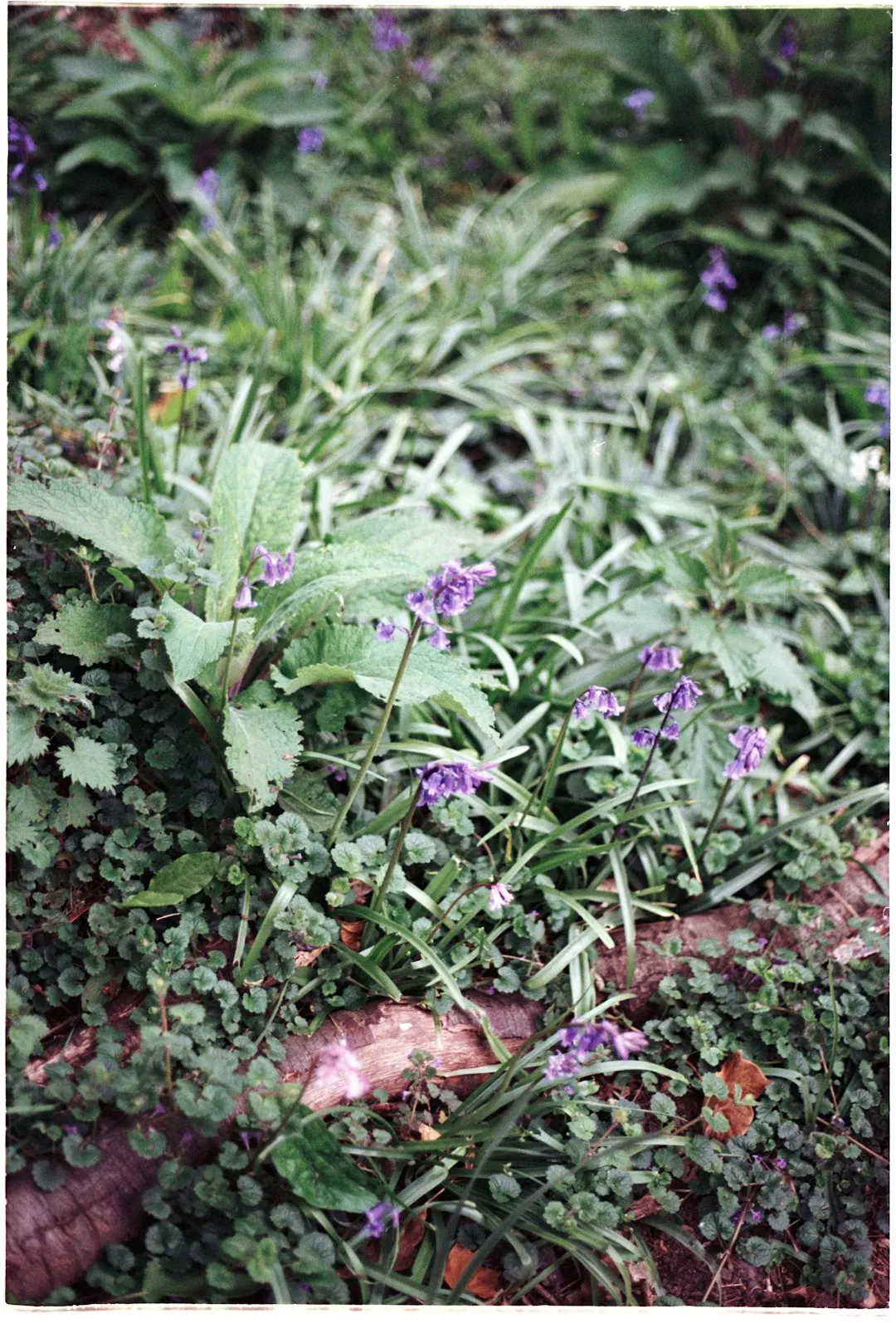Unveiling the Secrets of Tree Health: Conquering Diseases and Pests

In the realm of gardening, the well - being of trees is of utmost importance. Trees not only enhance the aesthetic appeal of our landscapes but also play a crucial role in the ecosystem. However, they are often plagued by various bugs, diseases, and weeds. By being able to identify the symptoms and damage caused by these pests and diseases, we can take effective measures to address the problems.
Let's start by delving into some common tree diseases. One of the most well - known tree diseases is Dutch elm disease. This fungal disease is spread by elm bark beetles. The first sign of Dutch elm disease is often the wilting and yellowing of leaves on one or more branches. As the disease progresses, the leaves turn brown and fall off, and the tree may eventually die. To combat this disease, it is essential to remove and destroy infected trees promptly. Additionally, preventive measures such as spraying insecticides to control the elm bark beetles can be taken.
Another significant tree disease is oak wilt. Oak wilt is caused by a fungus that disrupts the water - conducting system of oak trees. Symptoms include rapid wilting and browning of leaves, starting from the top of the tree. Infected trees should be removed and properly disposed of to prevent the spread of the fungus. Fungicide injections can also be used as a preventive measure for high - value oak trees.
Now, let's turn our attention to some of the worst pests that affect trees. The emerald ash borer is a highly destructive insect that attacks ash trees. The adult beetles lay eggs on the bark of ash trees, and the larvae bore into the tree, feeding on the inner bark and disrupting the tree's nutrient and water transport. Signs of an emerald ash borer infestation include D - shaped exit holes in the bark, thinning of the tree canopy, and the presence of woodpecker damage. To save an infested ash tree, insecticide treatments can be applied, but in severe cases, the tree may need to be removed.
The gypsy moth is another notorious tree pest. Gypsy moth caterpillars feed on the leaves of a wide variety of trees, including oak, maple, and birch. Heavy infestations can defoliate trees, weakening them and making them more susceptible to other diseases and pests. To control gypsy moths, pheromone traps can be used to monitor and reduce the male moth population. Bacillus thuringiensis (Bt), a natural bacteria, can also be sprayed on trees to kill the caterpillars.
Weeds can also pose a problem for trees. Weeds compete with trees for nutrients, water, and sunlight. They can also harbor pests and diseases. To control weeds around trees, mulching is an effective method. A layer of organic mulch, such as wood chips or shredded bark, can be applied around the base of the tree. This not only suppresses weed growth but also helps to retain soil moisture and regulate soil temperature.
Regular inspection of trees is crucial for early detection of diseases and pests. By closely observing the leaves, bark, and overall appearance of the tree, gardeners can spot any signs of trouble. Taking immediate action at the first sign of a problem can often prevent the spread of diseases and the damage caused by pests. It is also important to keep the area around the trees clean and free of debris, as this can reduce the habitat for pests and diseases.
In conclusion, being able to identify the symptoms and damage caused by tree diseases and pests is the first step in finding solutions. Whether it's through proper tree removal, the use of insecticides and fungicides, or preventive measures like mulching, there are various ways to protect our trees. By taking proactive steps, we can ensure the health and longevity of our trees, contributing to a beautiful and sustainable garden environment.